
Native people take a different view of Thanksgiving
The narrative that many people have been taught beginning in elementary school about the First Thanksgiving celebration in the United States is based on historically inaccurate myths that fail to acknowledge the devastation wrought by settler colonialism, including genocide, land theft, forced assimilation and cultural appropriation.
Many Native people refuse to celebrate Thanksgiving; some engage in a day of mourning, protesting the genocide wrought on their ancestors and ongoing oppression. Others pay respect to time-honored values and traditions centering on family, the earth and the harvest. As educators, it is important for us to understand the atrocities experienced by Native peoples at the hands of the European settlers, and Native perspectives about thanksgiving—a time of honoring the ancestors including the lands, plants and animals that are understood as relations—when we are communicating about the meaning of the Thanksgiving celebration.
Celebrations of harvest certainly did not originate with settlers and Native Americans sharing a meal in the 17th century, but rather have been integral to the fabric of Indigenous existence since time immemorial, noted UC Berkeley Professor Elizabeth Hoover (Mohawk/Mi'kmaq descent).
“For Haudenosaunee people (in the northeast), the Thanksgiving Address (Ohen:ton Karihwatehkwen, the Words that Come Before All Else) is recited before every important event,” Hoover said. “There are thanksgiving feasts held when the thunders start, when the sap flows, when it's time for the seeds to be planted, when the first wild strawberries come out, when the green beans are ready, when the green corn is ready, when the harvest is ready — many times throughout the year.”
Taking a decolonizing approach to Thanksgiving rejects the myths of Thanksgiving and harmful stereotypes about Native peoples that reinforce oppression, and invites opportunities for deepening our collective understanding of Indigenous history, amplifying Native perspectives that highlight the diversity of Indigenous peoples and foodways, and support Native-led food sovereignty and land stewardship initiatives that affirm contemporary presence and self-determination of Native people in 21st-century America.
UC Berkeley Professor Peter Nelson (Federated Indians of Graton Rancheria) offers this helpful insight: “We have plenty of points at which we give thanks for what our non-human relations give us or honor the changing of the seasons and gathering times. The fall in my language, Coast Miwok (Tamal Machchaw), is 'umpa walli or acorn time. Some of these concepts don't exactly translate from English. ‘Thank you,' or ka molis, means something more like I'm glad/happy. We express a state of being or how it makes us feel. The same is true of the concept of ‘I'm sorry,' which doesn't exist in our language. We have to contrive something to the effect of ‘my heart is sad,' ka wuskin sawa. Again, a state of being and there is a sense that you should just express how to fix things if they are out of sorts. Hearing a settler apology isn't enough. Do something about it.”
Consider centering Thanksgiving messaging around social and environmental justice by sharing resources for learning about the authentic history of Native Americans, contemporary Native American peoples and communities in both urban and rural areas, and supporting the growing Indigenous food sovereignty movement among Native Americans to reclaim and restore their food systems througheco-cultural restoration and self-determination.
The following are resources suggested by Elizabeth Hoover, Peter Nelson and others to learn more about the perspective of Native Americans on the U.S. holiday.
Decolonizing the history and meaning of Thanksgiving:
- Share these powerful short videos on Thanksgiving word association and Native people describing Thanksgiving that are helpful for understanding the Native American perspective on the holiday.
- View this brief speech by Linda Coombs (Aquinnah Wampanoag), who used to direct the Wampanoag Indigenous Program and Plymouth Plantation, at the site of the presumptive original Thanksgiving meal, for a greater perspective on the myths surrounding the origins of Thanksgiving.
- Also read this speech that Frank James attempted to deliver before the 1970 Pilgrim's Progress parade in Plymouth. His rejection after the organizers heard the content of his speech led to the National Day of Mourning counter-parade that takes place each year.
- This article, “The Thanksgiving Tale We Tell Is a Harmful Lie. As a Native American, I've Found a Better Way to Celebrate the Holiday,” is a helpful resource where Sioux Chef Sean Sherman makes the case for focusing Thanksgiving on values that apply to everybody: togetherness, generosity and gratitude, as well as embracing Indigenous foods, which are centrally featured in Thanksgiving meals including turkey, corn, beans, pumpkins, maple, cranberries, wild rice, etc.
- An excellent compilation of resources for youth and families by Lindsey Passenger Wiek, can be found in Decolonizing Thanksgiving: A Toolkit for Combatting Racism in Schools, that includes books, articles and inspirations for lesson plans, several of which are listed below.
- Helpful book suggestions and educational resources for teaching Thanksgiving in a socially responsible way, including lesson plans for all ages, are provided by the Southern Poverty Law Center at https://www.tolerance.org/magazine/teaching-thanksgiving-in-a-socially-responsible-way.
Learn about the Indigenous history of the United States and the Native lands and people where you live:
- Read Peter Nelson's Where Have All the Anthros Gone? The Shift in California Indian Studies from Research “on” to Research “with, for, and by” Indigenous Peoples.
- Spend some time researching the environmental and cultural history of the lands where you are standing starting with identifying whose lands you are residing in via this interactive map of Indigenous territories and learning about how you can support them.
- Learn about how the University of California and the other land grant institutions of higher education were founded upon the expropriation and sale of Indigenous lands that were “granted” to every state under the Morrill Act in this High Country News article and this UC Land-grab Workshop series. On this interactive map created by UC IGIS at https://arcg.is/1GTiuv, you can identify specific parcels that were “granted” and the Native communities from whom they were taken.
- Read The University of California Land Grab: A Legacy of Profit from Indigenous Land, a report based on the proceedings of the 2020 University of California Land Grab forum by Rosalie Zdzienicka Fanshel, Phenocia Bauerle (Apsaálooke), Deborah Lustig, and Jennifer Sowerwine. Executive summary
- Educate yourself about the history of Indigenous peoples and the American genocide in the United States, by reading Benjamin Madley's An American Genocide: The United States and the California Indian Catastrophe, 1846-1873i, Vine Deloria's 1969 Custer Died for Your Sins, Dunbar Ortiz's An Indigenous Peoples' History of the United States, or Dee Brown's classic Bury My Heart at Wounded Knee.
Learn about, support and amplify Native-led food sovereignty and land-stewardship initiatives in California:
- Watch the film Gather, featuring Indigenous chefs, scientists and activists around the country working to restore their spiritual, political and cultural identities through food sovereignty, including Samuel Gensaw (Yurok), co-founder of the Ancestral Guard, committed to restoring the foodways of North Coast California.
- Read about Indigenous foodways initiatives through Civil Eats reporting.
- Feature Native chefs in your communications such as Vincent Medina and Louis Trevino of Café Ohlone and Crystal Wahpepah to honor their Indigenous food heritage.
- Promote Native food purveyors, and other Native-owned businesses not only in November but year-round, as a way of honoring Native culture and ethical practices.
- Learn about and support Indigenous-led land stewardship efforts to restore cultural burning practices by the Karuk Tribe, the Amah Mutsun Land Trust, and the North Fork Mono Tribe, among others, to enhance healthy relationships with the land and mitigate against catastrophic fires that have devastated California communities and ecosystems.
- Read the First Nations Development Institute's report on California Indigenous land stewards for more information on both urban and rural Indigenous-led stewardship initiatives and Native perspectives across the state, including the Sogorea Te' Land Trust, an urban Indigenous women-led community organization that facilitates the return of Chochenyo and Karkin Ohlone lands in the San Francisco Bay Area to Indigenous stewardship.
- Read Elizabeth Hoover's blog about Native American farming and food sovereignty http://gardenwarriorsgoodseeds.com.
Honoring Native people and perspectives on Thanksgiving:
- In addition to reading, you may consider visiting a local Native American museum or cultural center during some part of the holiday (courtesy of Eve Bratman).
- Play the song Custer Died for your Sins and other songs of Indigenous resistance as music during your celebration. For starters, check out Rebel Beat Radio and Indigenous Resistance (courtesy of Eve Bratman)
- Take a moment of silence and remembrance for ancestors and the people whose land you are occupying, before your meal. Set intentions to learn more about and take action to support Native people.
Jennifer Sowerwine, UC Cooperative Extension specialist at UC Berkeley, and Sabrina Drill, UC Cooperative Extension advisor in Los Angeles and Ventura counties, collaborate with Native Americans on environmental and food sovereignty research.

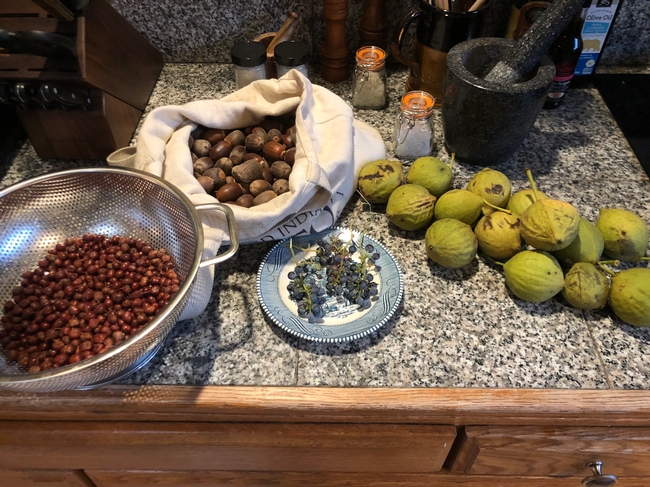
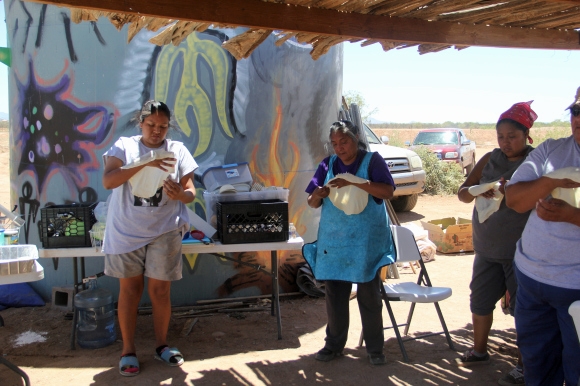
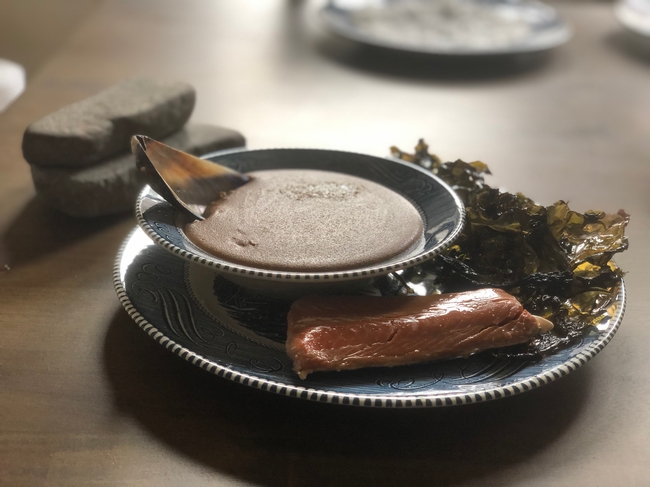
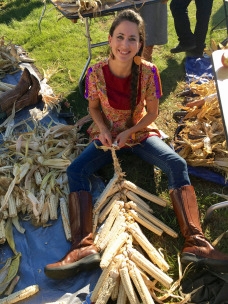
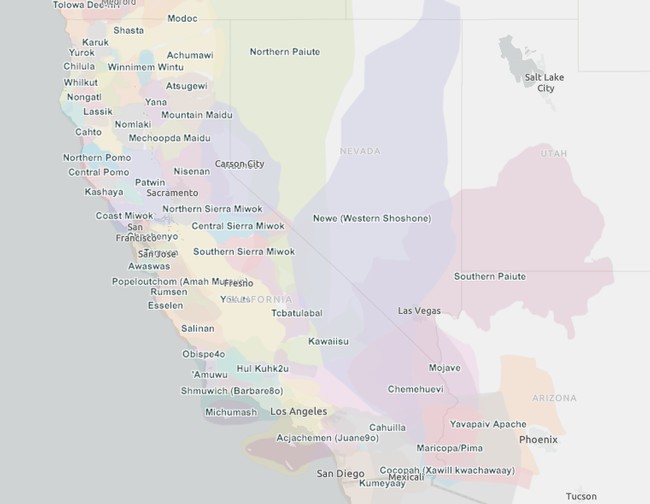
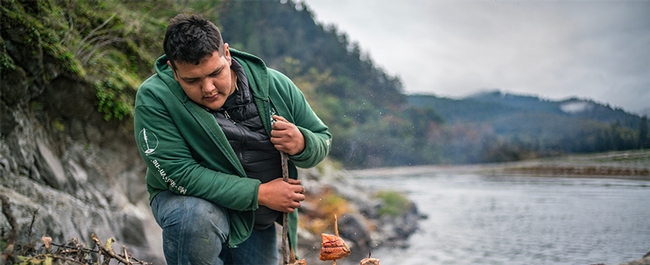
Posted by Elaine Lander on November 18, 2020 at 9:59 AM